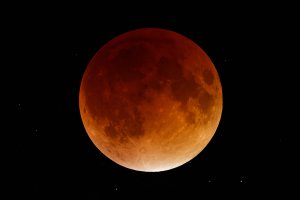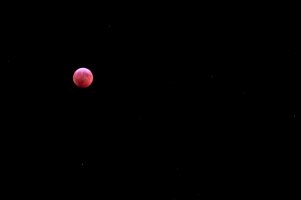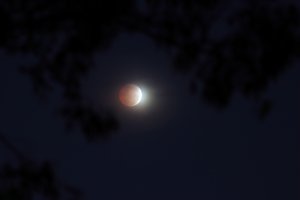There is a Lunar Eclipse happening in some areas soon. https://www.timeanddate.com/eclipse/lunar/2022-november-8
I've been looking at calculators to work out the slowest shutter speed for my Canon 200mm F2.8L, 1/2 sec shutter speed is what it recommends for my 90D. When I select a Full Frame sensor and less Megapixels it recommends a slower shutter speed of 1 second. This will be on a tripod with no tracker.
I don't understand why APS-C and Full Frame and the amount of Megapixels would make any difference to the slowest shutter speed I can use while keeping the moon sharp if using the same 200mm lens.
For those shooting the eclipse, which is the slowest shutter speed your going to use?
I've been looking at calculators to work out the slowest shutter speed for my Canon 200mm F2.8L, 1/2 sec shutter speed is what it recommends for my 90D. When I select a Full Frame sensor and less Megapixels it recommends a slower shutter speed of 1 second. This will be on a tripod with no tracker.
I don't understand why APS-C and Full Frame and the amount of Megapixels would make any difference to the slowest shutter speed I can use while keeping the moon sharp if using the same 200mm lens.
For those shooting the eclipse, which is the slowest shutter speed your going to use?



